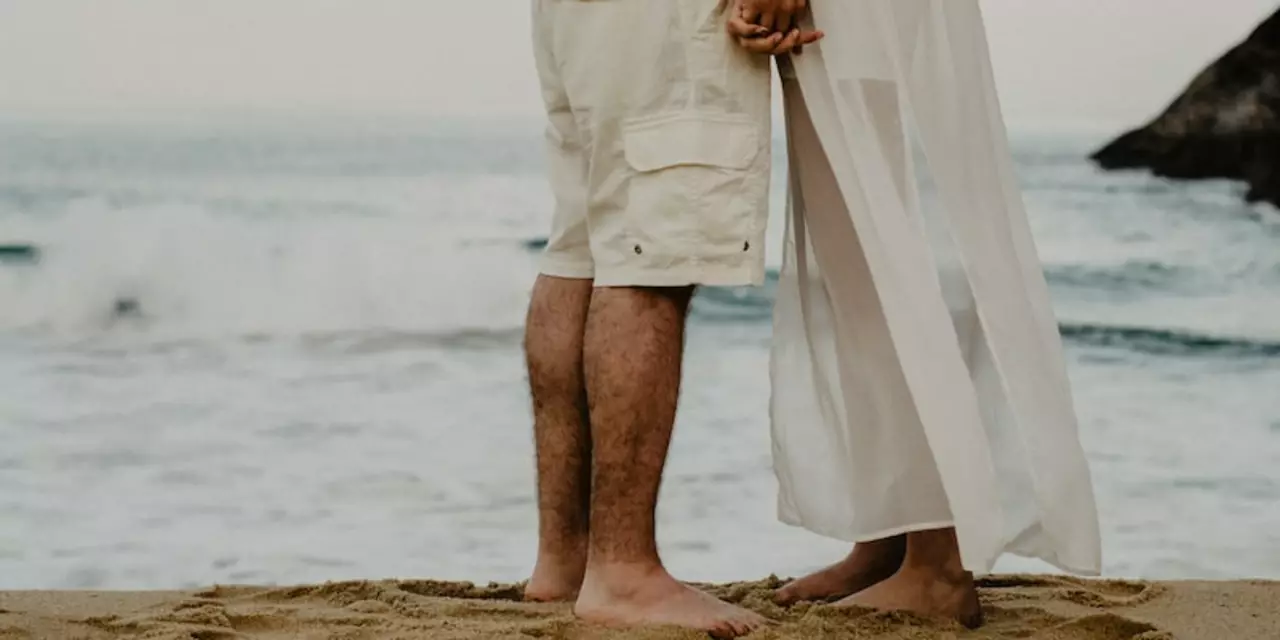Racing Clothing Essentials: What Every Driver Needs
If you’re serious about hitting the track, the right clothing isn’t a luxury—it’s a safety requirement. A good race suit, proper shoes, and the right helmet liner can keep you cool, protected, and focused when the speed spikes.
Fire‑Resistant Race Suits
The cornerstone of any driver’s wardrobe is a fire‑resistant suit. Most series require suits that meet FIA or Snell standards, meaning they can withstand at least 800°C for a few seconds. Look for a suit made from Nomex or carbon‑fiber blend; these fabrics balance heat protection with breathability. When you try one on, move around—lift your arms, sit low, and twist. If it feels too stiff, you’ll struggle during long stints. Modern suits often have ventilation panels that you can zip open in cooler weather, keeping sweat from turning into a distraction.
Footwear and Gloves
Racing shoes are another piece you can’t skip. Unlike regular sneakers, they have thin, flexible soles that let you feel the pedal travel. Look for leather uppers that hug your foot and a carbon‑fiber heel that locks into the pedal. A snug fit means you won’t slip during hard braking. Gloves work the same way—thin enough for feel, but padded where it counts. Most drivers prefer leather with a small amount of gel in the palm for shock absorption.
Don’t forget about under‑shirts and compression gear. A moisture‑wicking base layer helps regulate body temperature and can reduce chafing under a tight suit. It also adds a thin layer of protection against minor burns.
Choosing the Right Fit and Maintaining Your Gear
Fit matters more than brand name. A suit that’s too loose can snag on the seat or let flames sneak in. Too tight and you’ll limit blood flow, making you fatigue faster. Measure your chest, waist, hips, and inseam, then compare those numbers to the manufacturer’s size chart. Most shops will let you try on a sample before you order.
Maintenance is simple but crucial. Rinse your suit with a mild detergent after every race, then let it air dry—don’t toss it in a dryer. Store it flat or on a wide hanger to avoid creases that weaken the fabric. Shoes can be brushed clean and sprayed with a light leather conditioner to keep the leather supple.
Lastly, keep a spare set of everything. A torn seam or a broken strap can happen at the most inconvenient moment, and swapping gear on the pit lane is quicker than dealing with a safety issue.
By treating your racing clothing as part of your performance toolkit, you’ll stay safer, more comfortable, and ready to push the limits lap after lap.
What is a good jacket to wear for a casual event?
0 Comments
A jacket is an important part of any wardrobe, especially when it comes to dressing for a casual event. When choosing a jacket for a casual event, consider the environment, the season, and the occasion. For example, a light jacket such as a denim jacket or a blazer is perfect for warmer weather or outdoor events. For cooler weather, a heavier jacket such as a leather jacket or a parka can provide more warmth. Additionally, there are many different styles of jackets to choose from, such as bomber jackets, motorcycle jackets, and trench coats. Ultimately, the best jacket to wear for a casual event depends on the individual's personal style, as well as the weather and event.
Read More